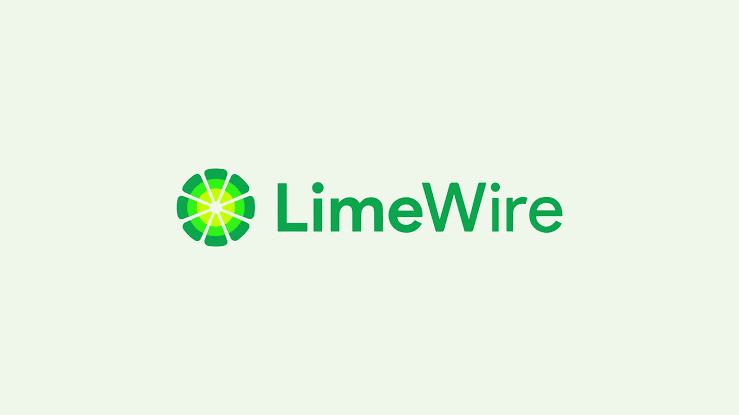
LimeWire’s Transformation into a Web3 Content Platform
Establishing a creator studio on Polygon, a file-sharing program that was once used to distribute pirated music in the early 2000s, will continue its more recent incarnation as a Web3 content platform.
The first use case of the studio is image generation, which enables users to create new images or enhance existing ones using various artificial intelligence models.
According to Marcus Feistl, LimeWire’s chief operating officer, users can use a library of melodies, rhythms, and songs to create AI-generated music later in the third quarter.
Before permitting musicians to upload their content, the content will be sourced from partner platforms and LimeWire’s library.
Everything produced by the studio will be mined onto the Polygon blockchain. The platform divides profits between the artist who uploaded the original content and the creator of AI-generated content.
Artists receive a portion of the ad revenue generated on LimeWire, paid out in the platform’s native LMWR token, based on the number of views their content receives.
The content can also be traded as NFTs on LimeWire’s secondary market. Creators would receive a royalty on this trade volume, presently paid out in USDC.
Finally, creators can restrict access to their content by requiring admirers to pay a monthly fee in USDC.
These payouts are deposited into the creators’ LimeWire accounts and can be withdrawn at any time.
“The studio is truly designed for both seasoned creators and novices,” Feistl wrote in an email to Blockworks.
“Experienced creators may use it to enhance their existing content or to explore new content categories, such as creating cover art for music releases,” whereas “beginners may find it a simple way to begin their creator journey.”
The COO noted that while each user receives a certain number of free creations per month, those who use the service more frequently will be charged a fee.
Julian and Paul Zehetmayr acquired LimeWire’s intellectual property for an undisclosed amount in 2021.
In April 2022, Kraken Ventures, Arrington Capital, and GSR raised roughly $10 million through a private token sale for the company.
LimeWire stated in a blog post that its primary objective was to launch a music-centric digital collectibles marketplace and that the platform was intended to “dramatically lower entry barriers into the realm of NFTs.”





